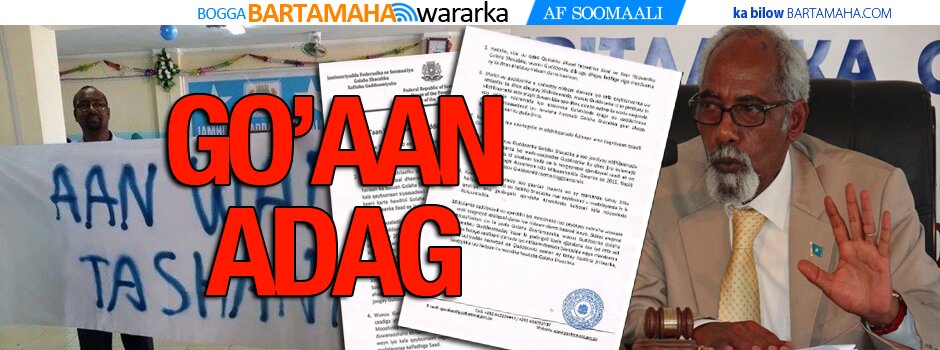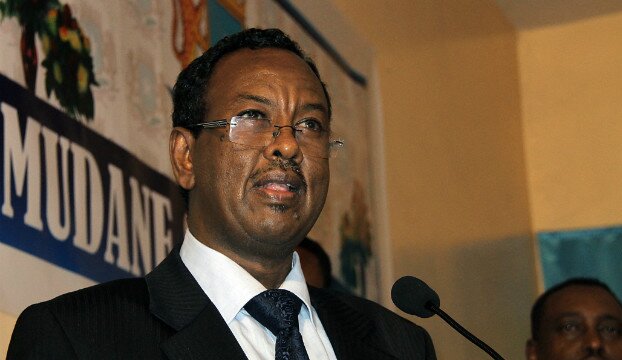SOMALIA: A day in the life of a Mogadishu paramedic.
Bartamaha (Nairobi):- TheLifelineAfrica ambulance service was launched in Mogadishu in December 2008 by two men who realized that trauma cases often died of blood loss before reaching hospital. Almost 18 months after IRIN first spoke to the founders, we asked Ismail Mohamed how he and his colleagues were coping as fighting in the Somali capital entered its ninth day. NationLink, a telecommunications company, funds the service.
The crew of three per ambulance has no set shifts. “You could end up working 24 hours with very little rest. It depends how bad the situation is. For example, this week, the longest break I’ve had is now [talking to IRIN on the telephone],” Mohamed said.
People call a central number – 777 – and the base guides the ambulance crew to the scene. “Once we are in the general area people will come out and lead us to the house where the injured may be.”
Once while they were picking up a wounded person, a shell landed on the next house. “We were not injured but we had to pick up more injured from the other house as well. I have picked up three to five people in one ambulance… It is a very tight fit but we do what we have to, to save lives.”
Mohamed and his crew have to run the gauntlet of checkpoints manned by different armed groups wary of potential attackers. “We have to be careful to make sure that we don’t get targeted by mistake, so we stop at every checkpoint with our injured cargo.”
Some days are worse than others, says Mohamed. On one occasion, he was told a family had been hit by a shell and needed to be evacuated. By the time he got there, two children were dead, the mother and the other two children, aged three and four-and-a-half, were alive but had serious leg injuries .
“They were bleeding badly. We got them to the hospital on time, but their legs could not be saved. It is very hard to see images like that day in and day out but we do.”
The job does have its good moments, he said. “Three days ago I picked up this injured woman, her stomach torn apart by shrapnel. I honestly did not think she would make it.” But on 30 August, Mohamed was told she was alive and well.
“I get a great deal of satisfaction from seeing someone and feeling I had something to do with saving that life.â€
He said he has received calls from people he did not know, who wanted to say thank you: “You saved my life.”
Dangerous volunteering
“We now face the added danger of the warring parties targeting us. We have been fired on a number of times. In fact, we lost one ambulance when a tank shell hit it,” he said.
In two years of operation, the service has lost two paramedics, he said.
“We do not do this for money. We are volunteers and the company [NationLink] gives us a US$100 monthly stipend.”
Ali Muse, head of the ambulance service, told IRIN it had seven ambulances but “we could do with hundreds more and many more trained paramedics”.
Before this service was launched, a handcart was the preferred means of taking the injured to hospital. The last motorized ambulance service in the city was in 1990, at the start of the civil war.
Mohamed Yusuf, director-general of Madina Hospital – the largest in the city – told IRIN the ambulance service had been a life-saver.
He said that in the past many of the injured would die of their wounds “because they did not receive immediate medical help. There were times when someone would be brought in by handcart but by the time they reached us, too much blood had been lost and it would be too late.
“These days they patch up the patient and bring them quickly to us. I think they are a vital part of the job of saving lives. They deserve not only our appreciation but also our support.”
————————————————————–
Source:-IRIN.
Comments
comments
 Calendar
Calendar






































